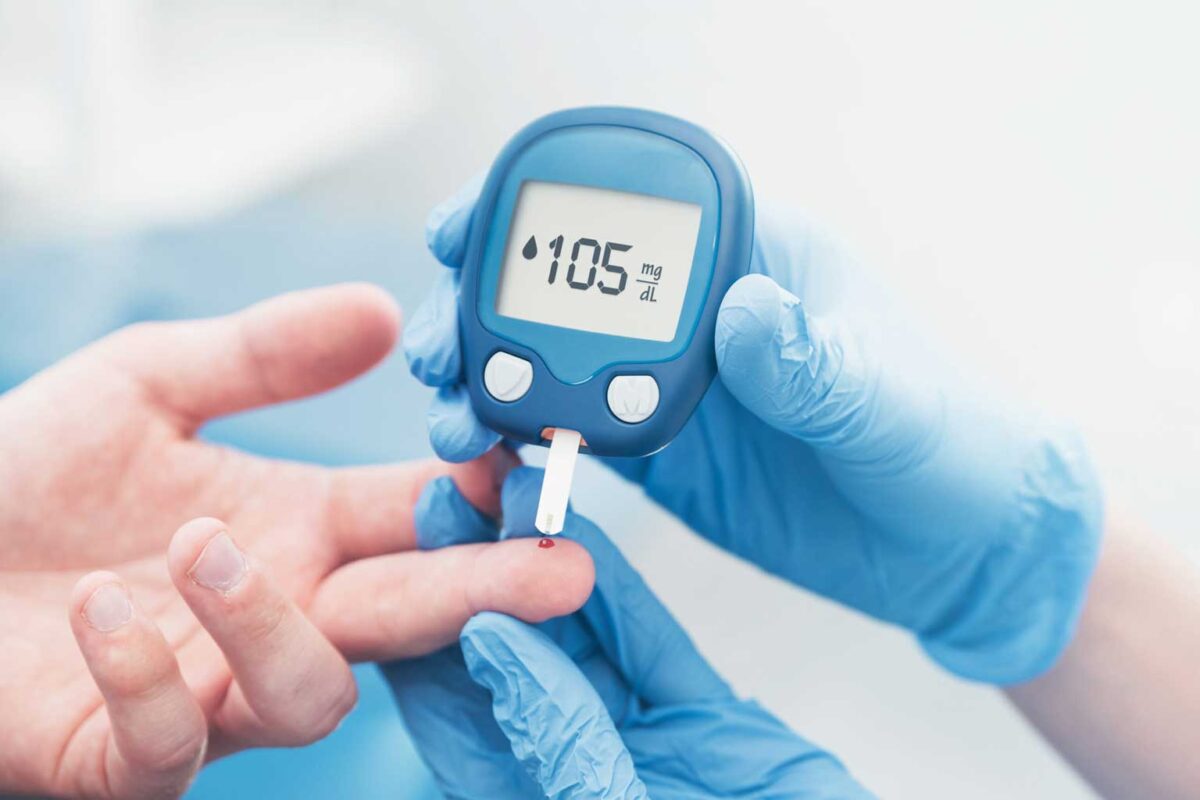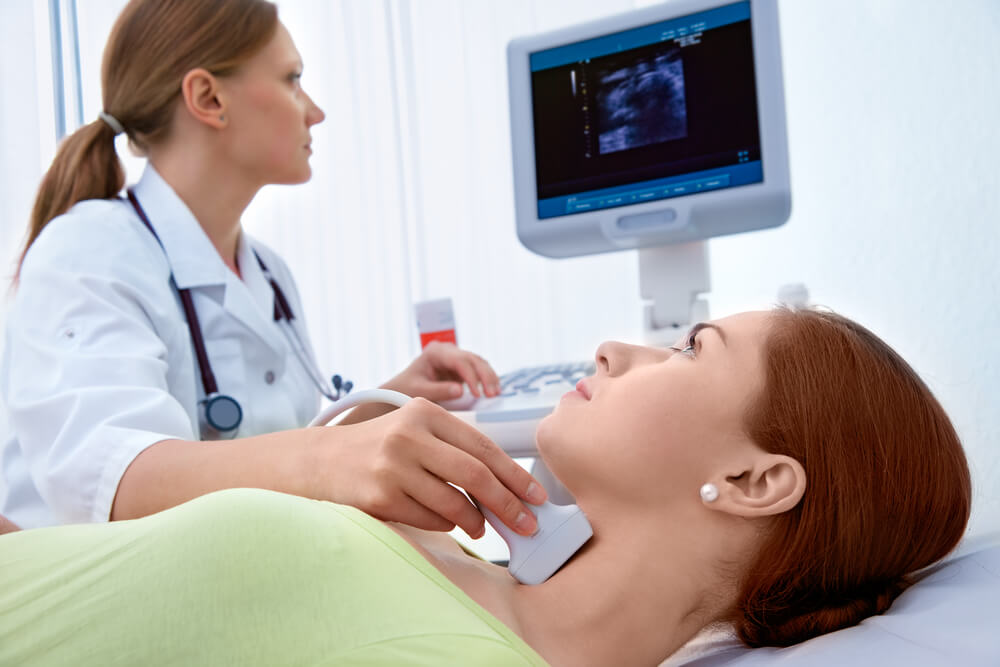Obesity is a chronic disease in which the child and adult alike enter into a closed cycle that begins with a rise in weight, then a rise in the hormone insulin, then an increase in body fat, then a rise in the insulin hormone, and so on.
When the insulin hormone rises, all the body’s hormones are disrupted, which causes changes in the metabolism process for children. It begins to slow down sharply as well as other symptoms beginning to appear.
Among the most important signs and symptoms of high insulin levels are: darkening in the front or back of the neck, darkening under the armpits and sometimes in the chest, and other parts of the body. Adolescent girls also suffer from baldness or an increase in facial hair growth, menstrual disorders, and bone calcification or the so-called osteoporosis.
All these complications and symptoms accumulate and multiply and increase their risk when obesity is not diagnosed and treated early in the child’s life.







